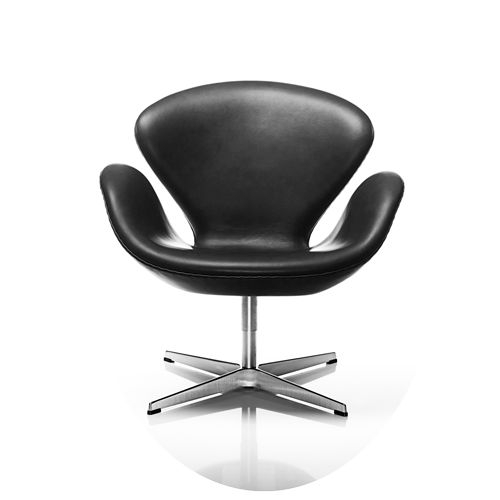CHAIR
DESIGN


A major source of inspiration stemmed from the bent plywood designs of Charles and Ray Eames. He was also influenced by the Italian design historian Ernesto Rogers, who had proclaimed that the design of every element was equally important "from the spoon to the city" which harmonized well with his own ideals. No. 7 chairs in the auditorium of the Ny Carlsberg Glyptotek in Copenhagen.
In 1951, he created the Ant chair for an extension of the Novo pharmaceutical factory and, in 1955, came the Seven Series. Both matched modern needs perfectly, being light, compact and easily stackable. Two other successful chair designs, the Egg and the Swan, were created for the SAS Royal Hotel which he also designed in 1956. Other designs were made for Stelton, a company founded by his foster son Peter Holmbl. These include the now classic Cylinda Line stainless steel cocktail kit and tableware. Other interior design is a line of faucets and accessories for bathroom and kitchen,created after he won a competition in 1961 for his design of the National Bank of Denmark. This classic design is still in production today by Danish company Vola.